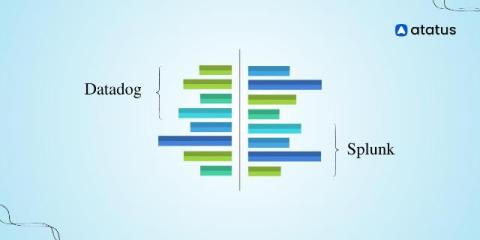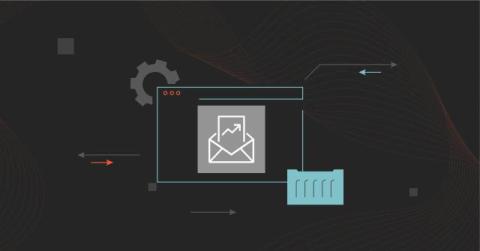Email Round-Trip Monitoring Use Cases
Email round-trip monitoring is a powerful tool that tracks the full journey of an email from when it is sent to when it is successfully received. This comprehensive monitoring provides real-time insights into the performance and reliability of email systems, helping to identify issues that could affect uptime, deliverability, and overall communication efficiency.











